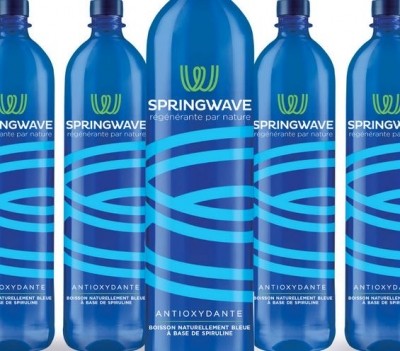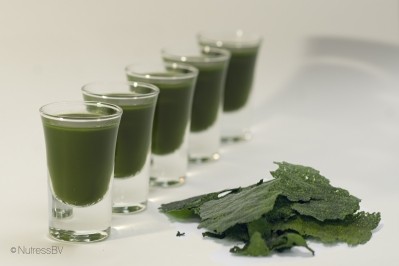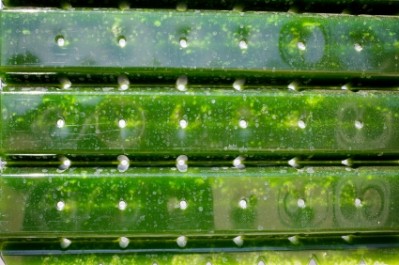Microalgae extracts beat synthetic antioxidants for food: study
of extractable antioxidants, and provide potent alternatives to
synthetics like butylhydroxyanisole (BHA) and butylated
hydroxytoluene (BHT), suggests new research form Spain.
Researchers from the Universidad de Almeria report that ethanolic extracts from the microalgae could have potential important applications for the food and dietary supplements industries. "The [data] indicates an antioxidant activity coefficient (AAC) in the microalgal extracts of C. vulgaris higher than the AAC values obtained for BHA, BHT, P. tricornutum and P. cruentum," wrote Ignacio Rodriguez-Gacia and Jose Luis Guil-Guerrero in the journal Food Chemistry. "In fact, C. vulgaris AAC values seems to be among the highest AAC reported up to date in the literature for any biological extract or pure compound tested," they added. Interest is growing in plant-derived food additives as replacements to synthetic antioxidants like butylhydroxyanisole (BHA) and butylated hydroxytoluene (BHT) to slow down the oxidative deterioration of food. Indeed, according to a 2003 report by Frost and Sullivan, the synthetic antioxidant market is in decline, while natural antioxidants, such as herb extracts (particularly rosemary), tocopherols (vitamin E) and ascorbates (vitamin C) are growing, pushed by easier consumer acceptance and legal requirements for market access. This natural antioxidant range could potentially include the extracts from Porphyridium cruentum, Phaeodactylum tricornutum and C. vulgaris, report the researchers behind the new study. Using ethanol to extract the antioxidants, Rodriguez-Gacia and Guil-Guerrero report that the yields were for all three microalgae were in the range 24 to 30 per cent, with the highest yield from C. vulgaris. Measures of the antioxidant activity showed that, above a concentration of 1.5 milligrams per millilitre (mg/mL), extracts from both C. vulgaris and P. tricornutum significantly exceeded BHA and BHT. Indeed, at a concentration of 2.5 mg/mL the extracts from C. vulgaris had a measured AAC five times that of the synthetic alternatives. "The results of the present study indicate that the microalgal extracts tested in this work possess a higher antioxidant activity than other antioxidants of common use," wrote the researchers. "These microalgae have potential important applications for the pharmaceutical and food industries, especially C. vulgaris extracts," they concluded. Scientists are increasing turning their attention to algae as ingredient factories, particularly nutritional ingredients. The omega-3 fatty acid DHA extracted from marine algae is already commercially available, while several companies are offering the carotenoid astaxanthin from algal sources. FoodNavigator.com's sister site NutraIngredients.com reported last year of Indian researchers were exploring the potential of the green colonial microalgae Botryococcus braunii to be an alternative source of lutein (Journal of Agricultural and Food Chemistry, Vol. 54, pp. 4593-4599). Furthermore, Chinese researchers reported that brown algae could offer a novel source of prebiotics, after a rat study showed alginate oligosaccharides (AOS) increased the faecal bifidobacteria levels by 13-fold (Nutrition Research, Vol. 26, pp. 597-603). Source: Food Chemistry Published online ahead of print, doi:10.1016/j.foodchem.2007.11.059 "Evaluation of the antioxidant activity of three microalgal species for use as dietary supplements and in the preservation of foods" Authors: I. Rodriguez-Gacia and J.L. Guil-Guerrero







